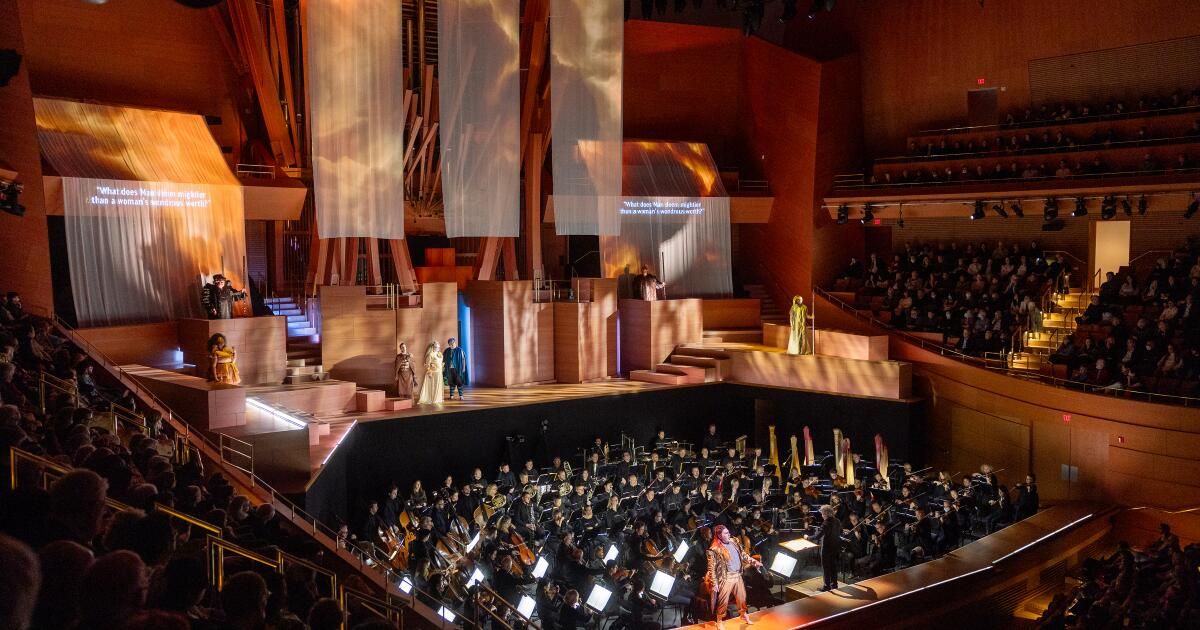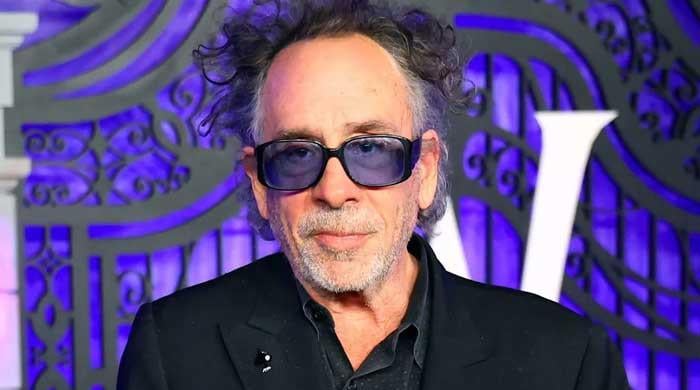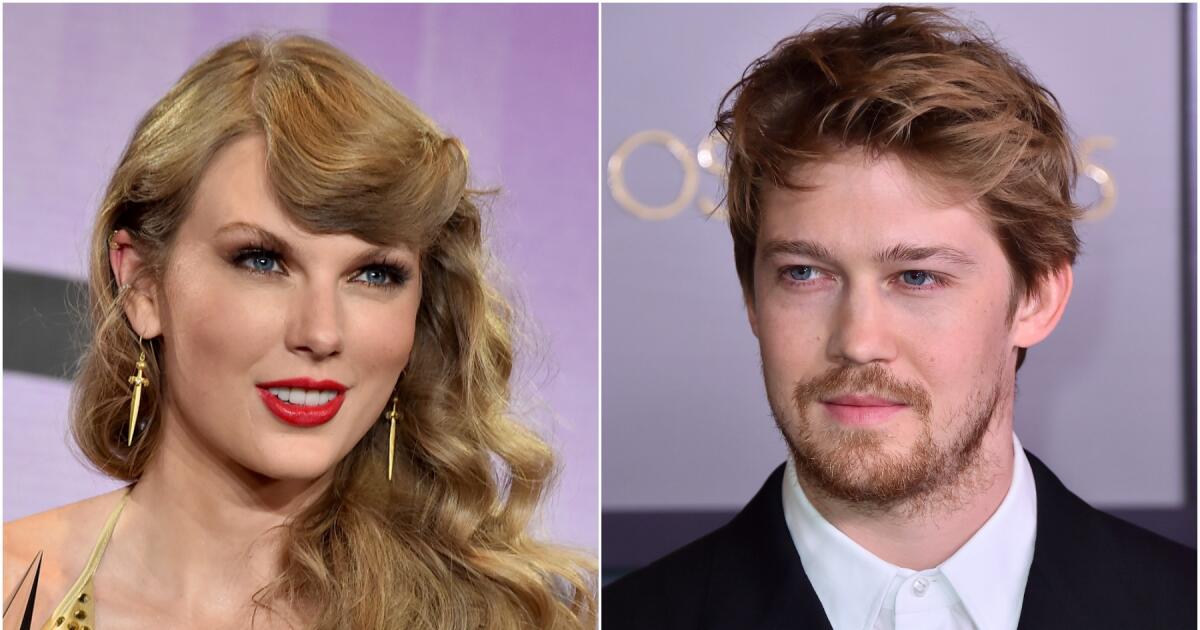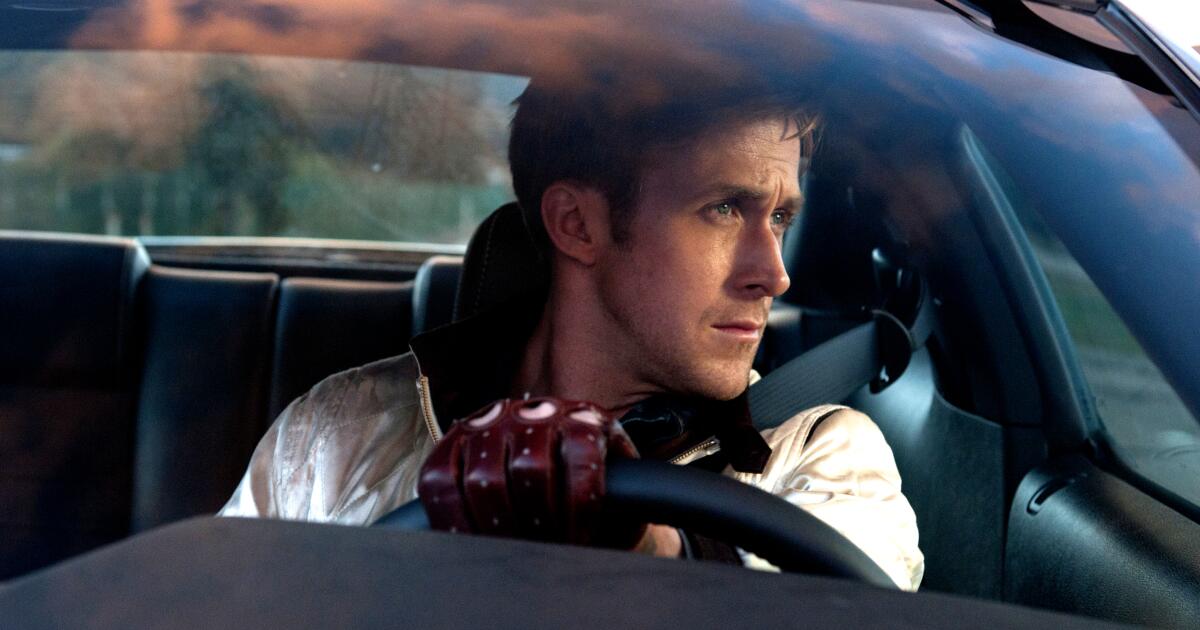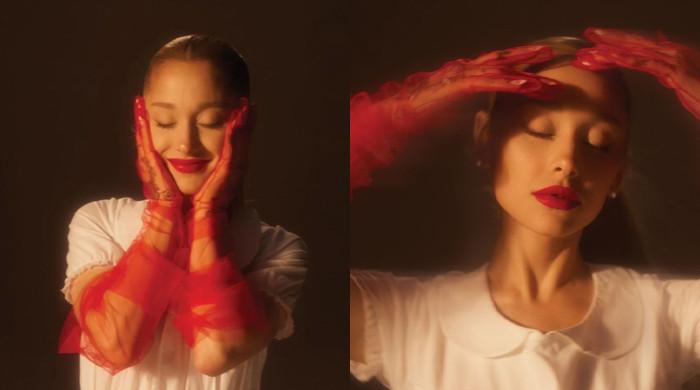Los Angeles has little history with Wagner's four-opera “Ring” cycle, his epic about saving the world from conspiring gods, power-mongers and wealth-grabbers with their ruinous fantasies. This global situation never goes out of style. The 2010 LA Opera production has been the only complete cycle in Los Angeles since 1930. In this country, San Francisco, New York, Chicago and Seattle have seen several.
But after the Los Angeles Philharmonic mounted “Das Rheingold” last weekend (the two-and-a-half-hour prologue to the three main “Ring” operas), it should be safe to say that there is such a thing as “THE” Ring .” Gustavo Dudamel directed. Frank Gehry created sets and turned his Walt Disney concert hall into a site-specific Valhalla, the mega-mansion of the gods. Venezuelan film director Alberto Arvelo's production had a Hollywood superhero feel. A globally, may be the “Ring” we need in this era of would-be technology gods and capricious autocrats.
Compared to contemporary productions of “Ring,” particularly in Europe, where Wagner's warning is often treated as a compellingly dysfunctional family drama, this might seem old-school conventional. But showing that the gods are like you and me may diminish Wagner's reach. In Los Angeles, the strange gods have tended to operate more in realms of high fantasy. It is not the power of specific individuals that should scare us but the power, period.
Such was the case at the Los Angeles Opera when German director and visual artist Achim Freyer dressed Wagner's characters in whimsically surreal costumes and placed them somewhere beyond our known realm. The LA Phil's other recent foray into the “Ring” was the third act of the second of the cycle's operas, “Die Walküre,” performed at the Hollywood Bowl last summer. Fabulist Los Angeles director Yuval Sharon turned the Bowl into a digital video paradise with a novel live animation that transformed the singers into striking digital avatars.
The novelty of the LA Phil “Rheingold” was more architectural than technological. Gehry didn't build a set for the Disney stage, but instead turned his 20-year-old concert hall into the set. To make a pit, the architect lowered the stage a few meters, as much as he could. Behind him he built square structures from the same light-colored Douglas fir he used for the living room walls (which have darkened slightly over time).
He hung elegant curtains of transparent, grayish fabric, on which modest stage projections occasionally appeared accompanied by supertitles. Although most of the action took place at a dimly lit distance from the audience, behind the orchestra and between Gehry's boxes, a narrow lip of Douglas fir in front of the orchestra provided a place for the singers. Loge, the god of fire, took this opportunity to playfully pretend to lead and whisper in Dudamel's ear.
The weirdness this time came from Cindy Figueroa's extravagant and colorful costumes. The god of fire shone in a silver suit. The king of the gods, Wotan, wore an elegant futuristic tribal dress. His wife, Fricka, wore a full, flowing, elaborately designed skirt that contrasted with Loge's shiny silver outfit.
Raehann Bryce-Davis as Fricka, left, and Ryan Speedo Green as Wotan in the Los Angeles Philharmonic's performance of Wagner's “Das Rheingold” at Walt Disney Concert Hall.
(Allen J. Schaben/Los Angeles Times)
But little of that was recorded. The performance was carefully restrained. Surtitles were not always legible. Special effects were few and far between. Vaguely watery projections suggested the Rhine. A handful of brightly illuminated cubes replaced the gold. The gods had no rainbow bridge to parade across when they entered Valhalla at the end, only the organ pipes seen masterfully through the curtains.
It was up to voices of true Wagnerian stature, exciting at Disney, and a notably present LA Phil, to propose a sense of grandeur, to make the room we occupied come to life. No tedious immersion tricks, but a greater awareness of being in reality.
Even half a meter below the stage, the orchestra had a very different sound than what it emits in its usual place and in the stands. Brass had a deep, dark power. Wagner sonically describes the Rhine River in the introduction, but this was not a Rhine with dazzlingly clear waters. It had a touch of sonic algae, to better hide the gold that shines in it and with which a ring with supernatural powers can be made for anyone who abandons love. All the better to make us feel uncomfortably at home.
I guess we're obsessed with Wagner's “The Ring,” because it offers hope. In the end, the gods don't get their way. Every attempt to dominate nature fails. Everyone is compromised, including the quintessential Aryan hero, Siegfried, who doesn't appear until later in the cycle. The hero and the villain have environmental blood on their hands. The Earth cannot return to its natural state until everyone has fallen, its civilization has been destroyed, and the gold returns to the Rhine. Then we can and must begin again.
The LA Phil assembled an excellent cast capable of making that hope audible. Ryan Speedo Green, proud of his stature with his imposing bass-baritone, showed the potential to be a Wotan of our time. Fricka can be an ungrateful and moralizing companion, exposing ethical pitfalls at every step of Wotan's grandiosity. However, Raehann Bryce-Davis brought this dazzling warmth.
the studied absurdity of Simon O'Neill's Loge (an understated essence of the “Ring”); Jochen Schmeckenbecher's Alberich, the dwarf or Nibelung who steals gold and abandons love in the hope of gaining magical powers, and Barry Banks's Mime, Alberich's tyrannized brother, were more sympathetic than Wagner would have liked but that we can. Among many other things, the opera is a study in inequality, the Nibelungs living in a dank underworld.
Among the imposing voices of the giants, the Rhine Maidens and other gods, Tamara Mumford stood out as Erda, the goddess of the Earth, who speaks a premonitory truth to power. She chases the “Ring” and still chases us as we change the weather.
Dudamel did not exaggerate the Wagnerian cause. With little more than a week to put together what would take an opera house two months to rehearse, he maintained order, supported the singers and responded enthusiastically to the big moments. The well was mostly a success. Some orchestral luminosity and transparency was lost, but there was deep, gut-wrenching bass, and the brass and percussion were especially powerful.
Dudamel has indicated that he would like to do a complete “Ring” with the orchestra. Can we demand that he comply with that? It's an incredibly difficult task with only two more seasons as the orchestra's music director. But so is saving the environment, and a herculean effort is one way to get the message across. We'll find out in a few weeks when the 2024-25 LA Phil season is announced.

